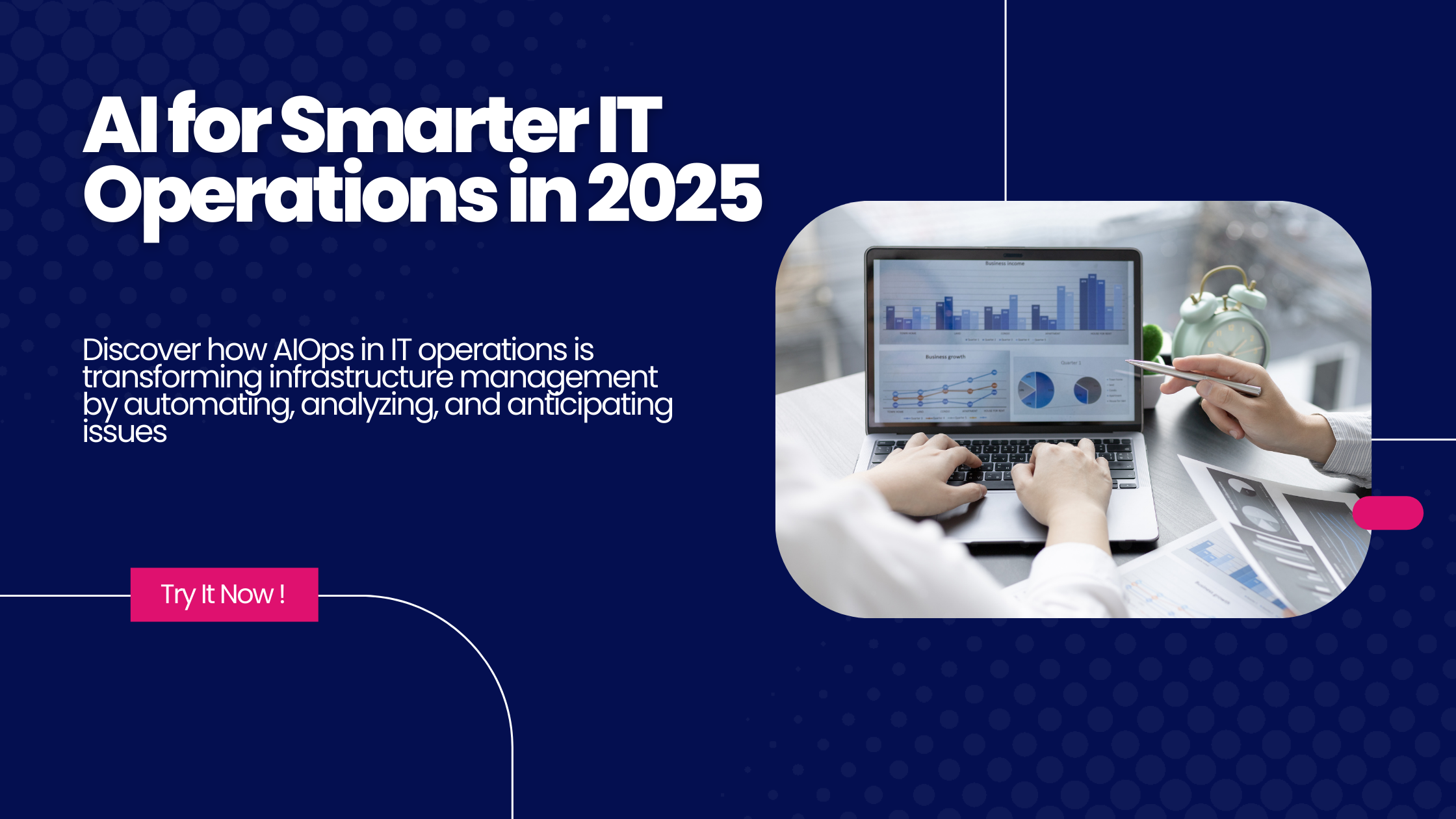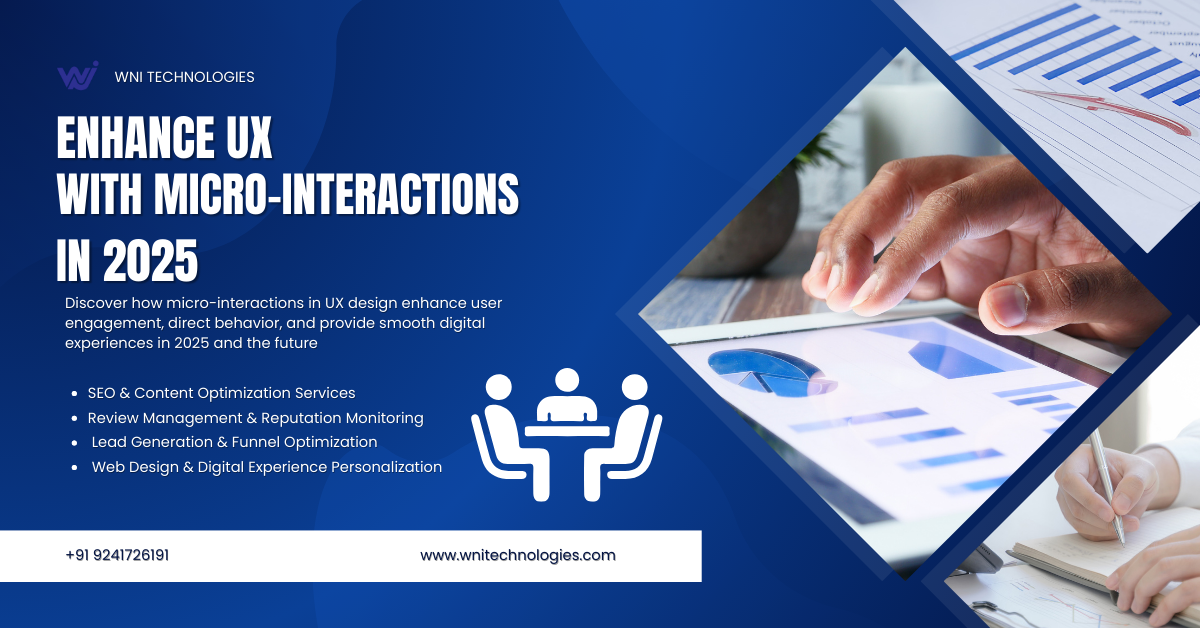
Smart Web Personalization in 2025
Introduction
As we proceed further into the digital era, having a website that is merely mobile-friendly just won’t cut it. By 2025, success rests on two compelling forces: responsive web design and intelligent web personalization strategies. Combined, they make sure websites not only appear wonderful on all screens—but also provide a personalized experience for all users.
Whether you’re running an eCommerce store, SaaS platform, or service-based site, adapting to diverse devices and unique visitor behavior is no longer optional—it’s a competitive necessity.
This blog post explores how businesses can use smart web personalization strategies to enhance responsive design, improve engagement, and boost conversions in 2025.
Why Personalization + Responsive Design = Conversion Power
Responsive web design makes your site look good on every screen size, from smartphone to widescreen monitor. But imagine if your site could change content, layout, or calls to action based on the user’s preferences, behavior, or location.
That’s where web personalization.
By 2025, the best sites combine responsive design with smart personalization—providing the right experience, on the right device, at the right moment
Smart Web Personalization Strategies in 2025
- Behavior-Based Content Display
With the use of real-time data, websites dynamically adapt content based on user behavior now. For example:
- Intro videos or lead magnets for first-time visitors
- Product recommendations or discounts for returning visitors
- Scroll depth to show additional relevant content
Responsive layouts fluidly apply this logic across devices
- Location-Based Personalization
Geo-targeting technology allows businesses to personalize web content for local audiences:
- Region-specific offers display
- Local business addresses or maps display
- Automatic language or currency switching
These adjustments need to be incorporated smoothly into responsive design patterns to provide a seamless experience across screens.
- AI-Powered Recommendations
AI technology now examines:
- Historical buying behavio
- Clickstream behaviour
- Time spent on page
- Referral channels
Your site can then suggest the optimal products or articles based on this, maximizing engagement by device type.
- Device-Specific Personalization
Responsive design adjusts layout, but intelligent personalization adjusts content and intent. For instance:
- Desktop: lengthy blogs, lead capture forms
- Mobile: touch-friendly CTAs, chatbots, buy-one-click buttons
- Tablet: image-based product carousels or interactive walkthroughs
Both devices receive customized user experiences, raising ROI.
- Time-Based Personalization
Intelligent sites now alter content based on time of day or day of the week. For instance:
- Morning: present coffee blends or productivity software
- Evening: present entertainment or relaxation products
- Weekends: present family-targeted offers
This type of personalization, superimposed over responsive systems, creates increased engagement
- Progressive Profiling
Rather than bombarding users with lengthy forms, intelligent sites gather tiny amounts of data in multiple sessions. This constructs an entire user profile incrementally, enhancing the quality of personalization.
Responsive forms enable this across all devices without compromising UX.
- Dynamic CTAs Depending on Funnel Stage
Analyzing a user’s path enables you to:
- Display “Learn More” to new visitors
- Provide “Schedule a Demo” to mid-funnel users
- Activate “Buy Now” for repeat users
These CTAs are dynamically styled and aligned differently for mobile, tablet, and desktop to provide clarity and effectiveness
- Personalized Search Results
Search is now smarter—ranking results based on user behavior, purchase history, and popularity within the user’s region.
Add this to responsive UI elements, and your site provides meaningful search experiences across devices.
- Incorporating Chatbots and Voice Assistants
New web personalization features conversational UI, where chatbots or voice assistants lead users.
Voice-first and chat-first approaches need to be brought together responsively:
- On mobile: reduced chatbot bubbles
- On desktop: complete interaction panels
- On smart devices: voice-only alternatives
- Content Curation by Traffic Source
Where your user is coming from matters:
- Organic search: reveal educational content
- Paid ads: reveal special offers
- Social media: emphasize shareable visuals
Smart personalization approaches can curate homepage or landing page content accordingly—within a responsive design.
Benefits of Responsive Design Combined with Personalization
- More engagement and dwell time
- Enhanced conversion rates on all devices
- Improved SEO through lower bounce rates
- More robust brand loyalty through contextual experiences
- Higher ROI on digital campaigns
Top Tools to Execute Intelligent Personalization (2025)
- Adobe Target – AI-powered testing and personalization
- Segment – Single customer data platform
- Dynamic Yield – Personalization and A/B testing
- Optimizely – Robust for real-time experience optimization
- HubSpot CMS – Intelligent content modules for customized experiences
- Google Optimize – Simple yet efficient personalization tools
- Clearbit – B2B-focused visitor intelligence
- Unbounce Smart Traffic – Personalized landing page delivery
- RightMessage – On-site message customization
- Algolia – AI-powered personalized search engine



